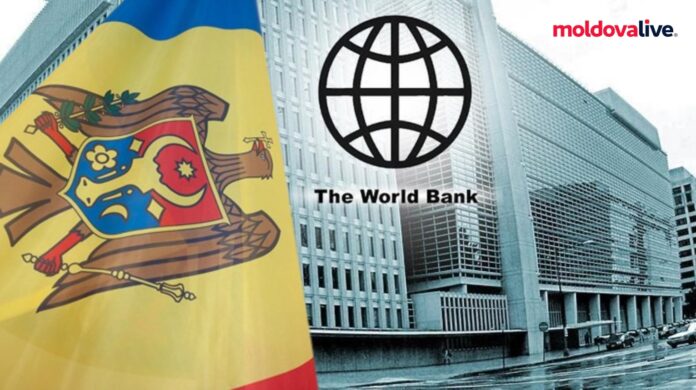The residential sector stands as the largest consumer of energy in Moldova, comprising 50.2 percent of the total usage, with transportation, industry, public services, and agriculture following suit. These findings stem from a comprehensive survey conducted with support from the World Bank.
Within the residential sector, 64.4 percent of households rely on stoves and firewood for heating, while 18.3 percent are connected to centralized heating systems. Autonomous systems, including gas, electric energy, firewood, or coal, make up 16.5 percent of heating sources.
The survey further reveals that Moldova boasts 1.3 million dwellings, with 574,000 in urban areas and 751,000 in rural regions. Over 70 percent of these structures were erected between 1951 and 1990. Among the dwellings, 70.6 percent are private houses, with 43 percent constructed from clay and 27.6 percent from bricks or stones.
FOR THE MOST IMPORTANT NEWS, FOLLOW US ON TWITTER!
In 2021, the “Termoelectrica” enterprise supplied thermal energy to an area spanning 7.9 million square meters of dwellings, totaling 824 MWh/year or an average consumption of 104 kWh/square meter/year. For private houses, the average annual energy consumption per square meter is 126 kWh. Remarkably, flats with a horizontal system of thermal energy distribution exhibit significantly lower consumption, averaging 59 kWh/square meter/year across 3,700 units.
Roger Coma Cunill, a senior energy specialist at the World Bank, underscores the institution’s commitment to aiding Moldova’s government in enhancing energy security and reducing carbon emissions. This support encompasses two investment projects in the heating supply sector totaling 153 million euros. Additionally, a Roadmap for Sustainable Heating in Moldova will be devised, outlining three transition scenarios leading up to 2050. This roadmap will delineate building renovation timelines, financial requirements, anticipated impacts, and requisite institutional support.



